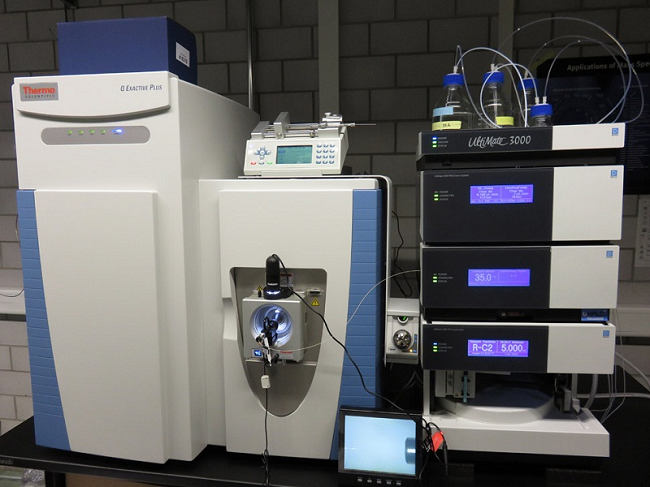
Best Practices for Surplus Liquidation (and Sourcing) used Pharmaceutical Equipment
The pharmaceutical industry is laden with challenges spanning from mergers and acquisitions to the pressure to cut down on costs. In light of these challenges, an increasing number are turning to a marketplace deemed a sustainable and efficient solution to purchase and do inventory liquidation for quality, used assets: the secondary market.
When sourcing or disposing secondhand equipment, there are a number of best practices you need to observe. They include things like assessing product needs, the projected savings and costs, understanding sales channels, and equipment validation.
Let’s break them down for easier understanding, shall we?
Assessing Current Needs
One thing you want to get right is making certain the technology of the equipment is in line with your company’s current required specifications.
- In the pharmaceutical industry, older generation models don’t necessarily mean outdated devices. Most of the time, you’re dealing with devices that can sufficiently cater to working lab needs. A generation 3000 mass spectrometer, for example, can be just as effective as the subsequent generation 4000 version.
- You can encounter new equipment which is often as a result of lab acquisition or from companies that regularly do surplus liquidation.
- Purchase equipment for immediate use: avoid rushing to buy items only to end up storing them for long periods, what with the evergreen online supply.
Equipment Condition and Sourcing
Bearing in mind that inventory liquidators (or other sellers in the secondary environment for that matter) often sell items without any refunds, it would be wise to know where the equipment is coming from and from whom exactly.
Some of the best practices to follow with regard to this include:
- Knowing the source: Only purchase items directly from an established and reputable seller (tech liquidators, for example) and this should be done via a transparent sales channel.
- Knowing the condition of the equipment: Prior to purchase, have a look at the equipment in person whenever possible. Otherwise, do your homework by validating the equipment from clear online images (and videos), as well as an elaborate description to match.
- Avoiding the risk of contamination: Make it a point of knowing the source of the equipment: is it from a working lab or an unnatural environment (lots or nonstandard facility, for example)?
- Given measures are in place requiring firms to triple rinse most of their lab items, make sure the equipment has been HAZ/MAT cleaned.
Sales Channels, Savings and Costs
The secondary market today is dominated by private treaty sales and online auction channels. High-demand products, lab and facility support equipment will normally be hosted on online auctions. Ditto general laboratory and processing equipment.
Auctions are transparent in that buyers can see what others are bidding and make a decision on whether to up the ante or withdraw from the race. That aside, there are huge savings buyers can expect to make as well.
Private treaty sales, on the other hand, provide for direct negotiation between the seller and buyer, or negotiation proceedings via a third-party broker. This channel is usually earmarked for big ticket or unusual assets. And there are benefits to be reaped too, such as immediate acquisition of the item, as well as savings.
One of the reasons the secondary marketplace thrives is because there is a surplus of quality used pharmaceutical products that can be acquired at lower costs. Also, it’s filled with reputable dealers such as large electronic liquidation firms. The purchasing process is a breeze too – simple and seamless – and this makes it easier for firms to integrate into their procurement practices, both current and future.
